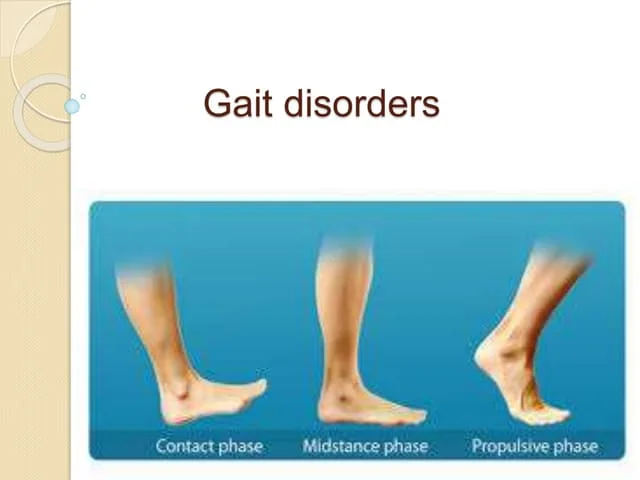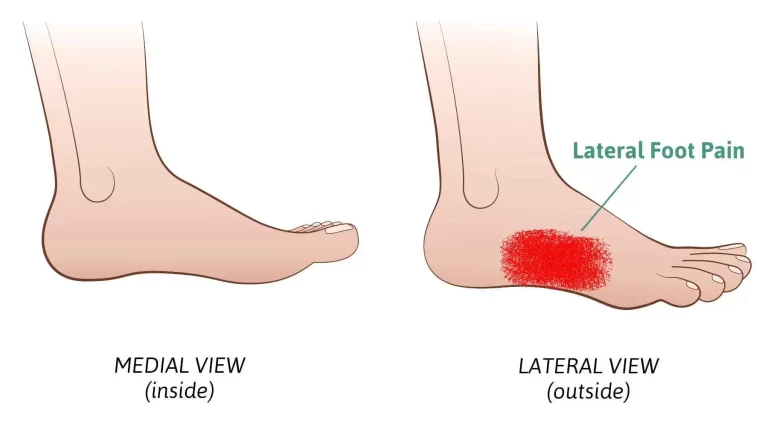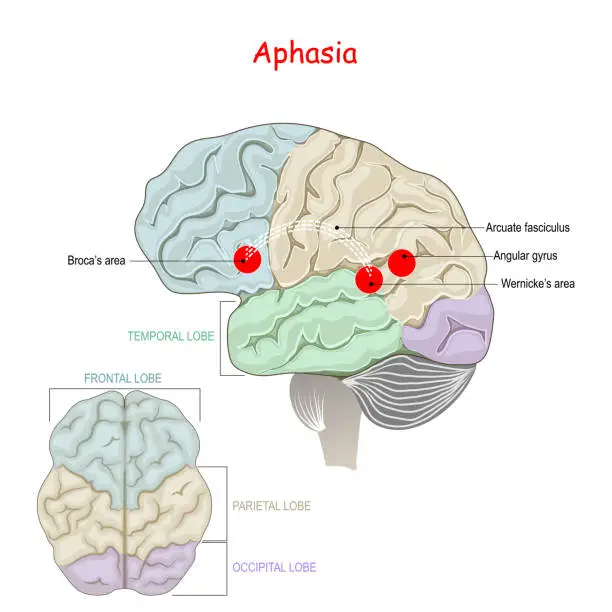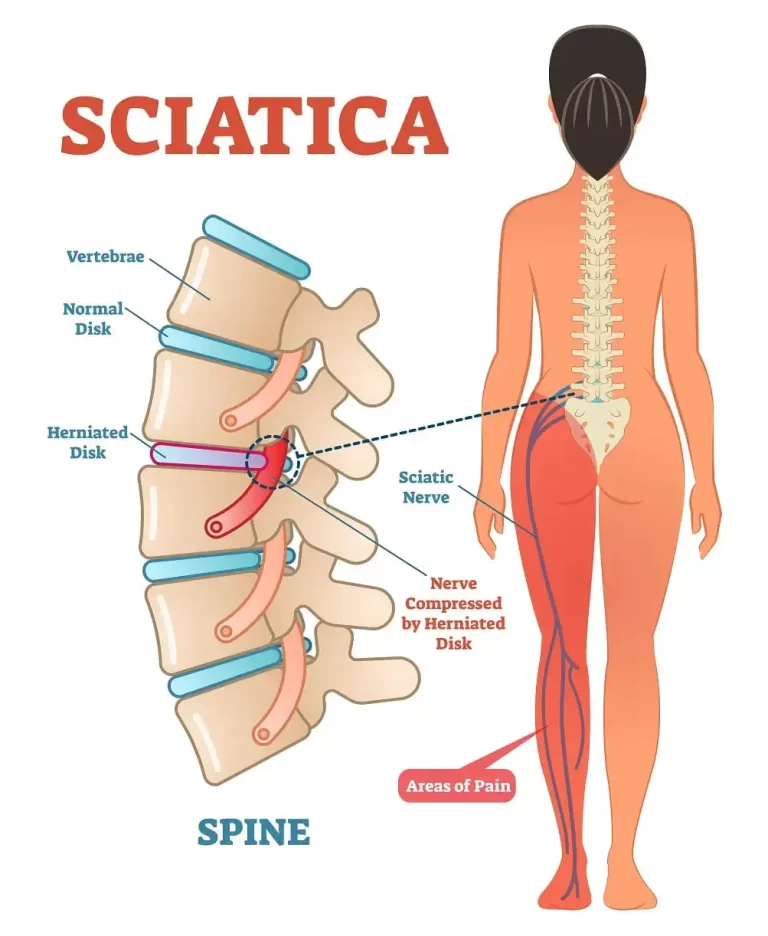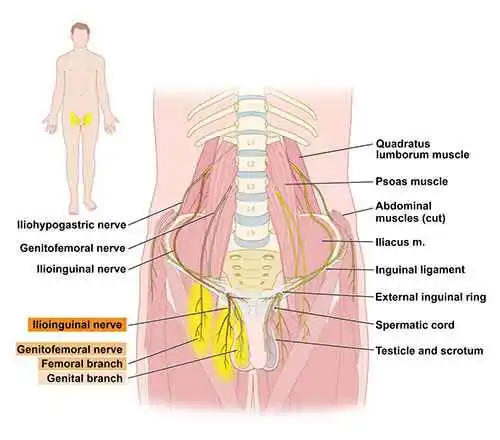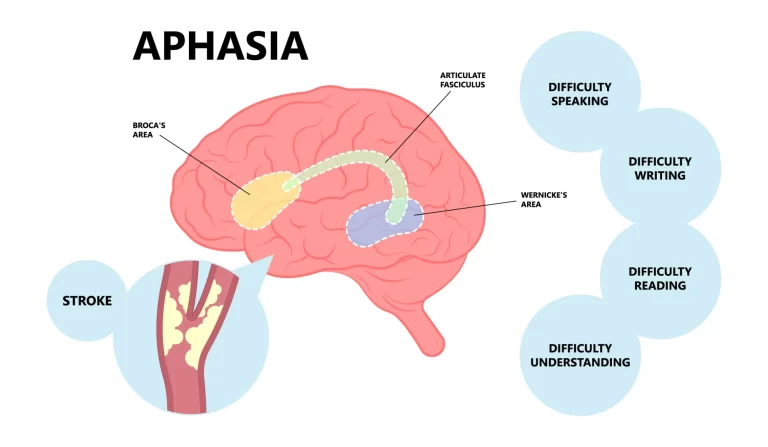Propulsive Gait
Propulsive gait is a complicated syndrome that is mostly linked to neurological conditions, especially Parkinson’s disease. It greatly impairs mobility and quality of life and presents as forward-leaning posture, stumbling steps, and balance issues.
Effective diagnosis and treatment depend on an understanding of the underlying causes, which might range from neurological and musculoskeletal disorders to cognitive problems.
Medication management, physical therapy, occupational therapy, and, in certain situations, surgical procedures are all part of the comprehensive treatment plan. Physical therapy, which focuses on personalized exercise plans, balance training, and gait retraining, is essential for regaining function and improving mobility.
What is Propulsive Gait?
Propulsive gait is an abnormal walking pattern that is commonly noticed in people suffering from neurological illnesses, specifically Parkinson’s disease. It is identified by a forward-leaning posture, short, shuffling feet, and a limited arm swing. This gait pattern can hurt mobility and raise the chance of falling, complicating daily life even more.
Key Features of Propulsive Gait
- Forward Leaning Posture
- Shuffling Steps
- Reduced Arm Movement
- Difficulty initiating movement
- Increased Fall Risk
These characteristics can have a major impact on a person’s stability and general mobility, which raises their risk of falling.
Causes of the Propulsive Gait
Propulsive gait is most typically linked to Parkinson’s disease, but it can also occur in other illnesses.
Parkinson’s disease
- Parkinson’s disease, which is the primary cause of propulsive gait, is a progressive neurological disorder marked by the loss of dopamine-producing neurons in the brain. This deficit causes motor symptoms such as stiffness, bradykinesia (slow movement), and postural instability, all contributing to propulsive gait development.
Cerebrovascular accidents (strokes)
- Balance issues and hemiparesis, or weakness on one side of the body, can result from a stroke. These difficulties may significantly change gait and contribute to a propulsive pattern.
Other causes:
- Huntington’s disease can cause abnormal walking patterns and impair motor control.
- A propulsive pattern may result from changes in gait mechanics caused by arthritis or joint issues.
- Compensatory motions may result from lower limb deformities or deficiencies.
- Movement initiation and spatial awareness might be impacted by dementia and other cognitive diseases.
Signs and symptoms of the Propulsive Gait
Propulsive gait sufferers may exhibit several symptoms, such as:
- An unusual posture that moves the center of gravity forward is called forward leaning.
- Short, rapid steps with little lift-off are called shuffling steps.
- Arm swing may be diminished if the arms stay near the torso, which would impair natural balance.
- Difficulty Starting Movement. Some people may have trouble changing directions or starting to walk.
- Higher risk of regular falls because of instability and balance problems.
- Unusual gait mechanics may result in muscle fatigue.
Diagnosis of the Propulsive Gait
Propulsive gait is diagnosed using a mix of diagnostic tests and clinical evaluations.
Physical Examination
- Careful examination of the development, course, and symptoms.
- While walking keep an eye on posture and gait characteristics.
- Evaluating general neurological function, reflexes, strength, and coordination.
- Thorough examination of walking habits in various contexts (e.g., home vs clinical setting).
Imaging Study
- MRI or CT scans are used to find structural abnormalities in the spine or brain that could be causing problems with gait.
Treatment for the Propulsive Gait
Medication
- Levodopa is one example of a dopaminergic agent that can help alleviate the symptoms of Parkinson’s disease.
- To control mood and anxiety that may be a factor in gait problems, antidepressants or anxiolytics are recommended.
Surgical Treatments
- Patients with severe Parkinson’s disease may benefit from deep brain stimulation (DBS). To aid control of motor performance, electrodes are surgically implanted in particular brain regions.
Physical Therapy
- The main form of treatment for propulsive gait is physical therapy, which aims to increase general mobility, strength, and balance.
Occupational Therapy
Enhancing a person’s ability to do daily duties safely and effectively is the aim of occupational therapy.
Speech Therapy
Speech therapy can help with communication and movement initiation techniques when cognitive disabilities impact mobility.
Physical Therapy for the Propulsive Gait
Propulsive gait can be effectively managed with physical therapy using several important strategies and tactics, including:
- The practice of strengthening and stabilizing the lower limbs is known as strengthing exercises.
- Exercises for improving balance include walking on uneven terrain and practicing pivoting and turning.
- Proprioceptive training refers to exercises intended to improve body awareness and spatial orientation.
- Postural training includes teaching students how to keep their posture straight and how to realign their spine.
- Functional exercises are designed to encourage functional independence by using motions that resemble everyday tasks.
- Canes, walkers, or orthotic devices are examples of assistive devices that are suggested to enhance mobility.
- Educating patients and caregivers on the illness and its treatment options.
Exercises for the Propulsive Gait
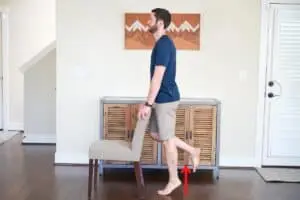
One-leg standing
- For five to ten seconds, stand on one leg while holding onto a sturdy desk or chair.
- After ten repetitions, switch legs.

Leg raises
- Raise one knee while maintaining a straight one while you’re on your back.
- Raise the straight leg until it is level with the bowed knee while pointing your toes toward the ceiling.
- Go back to the beginning and do it ten times.
- Repeat after switching legs.
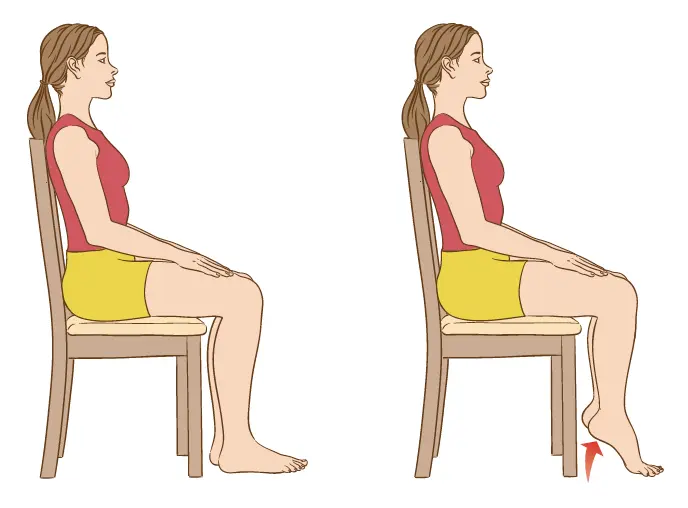
Toe and heel lifts
- Elevate your toes off the floor while maintaining your heels on the floor while sitting in a chair with your feet flat.
- To lift your heels, you can also point your toes.
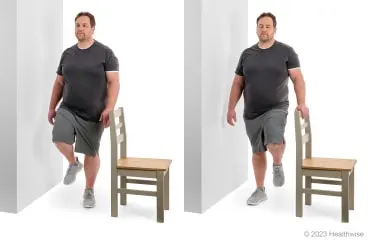
Marching in place
- As though you were marching, raise one leg toward your chest while seated.
- Repeat up to ten times, switching legs.
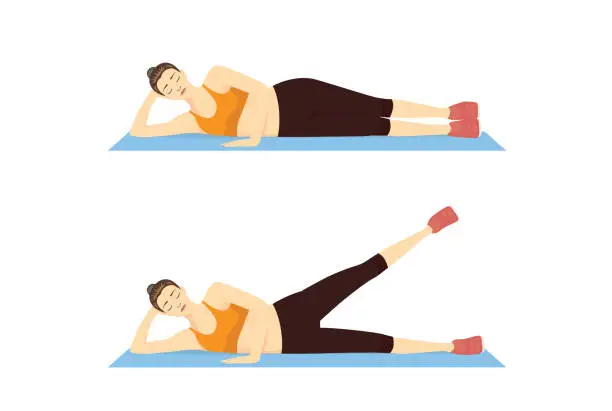
Side-lying leg raise
- To strengthen your core and abductor/adductor muscles, raise your legs to the side while maintaining a stationary body.
Stepping over objects
Two soft objects should be placed three feet apart on the floor. Repeatedly step over each thing.
Walking backward
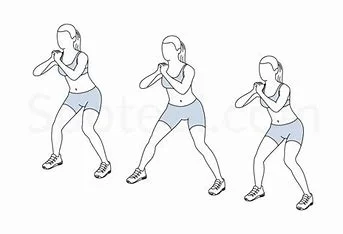
- Balance and coordination may be improved by walking backward.
Side-stepping
- This technique can enhance hip stability and mobility.
Obstacle course
- Getting over obstacles might help you become more balanced and coordinated.
Step-ups
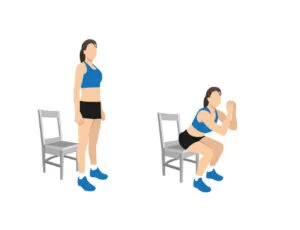
- Step-ups are a good way to strengthen and coordinate your legs.
Chair stands
- Chair stands can enhance balance and strength in the lower body.
Leg kicks and knee kicks
- Try these exercises for balance.
Summary
The complicated condition known as propulsive gait is generally linked to neurological conditions, especially Parkinson’s disease. Healthcare professionals and caregivers have to understand its mechanisms, underlying causes, and possible solutions.
It is feasible to lessen the difficulties caused by propulsive gait by combining physical and occupational treatment, medication management, and assistive technology use. This will help people preserve their independence and enhance their general health.
FAQs
Which stage of gait is the propulsive phase?
The point at which the lead leg’s heel comes off and its toes leave the ground is known as the entire propulsive phase. The stance phase comprises 45 to 55 percent of this phase. From the lead leg to the contralateral leg’s first point of contact, the heel-off point represents the active propulsive phase.
How can propulsive gait be treated?
For a propulsive gait:
Encourage the individual to become as self-sufficient as they can.
Allow sufficient time for daily activities, including walking.
For safety concerns, especially on uneven terrain, offer walking support.
For walking retraining and exercise rehabilitation, consult a physical therapist.
Which muscles are used in propulsive gait?
The EMG activity of the patient’s leg muscles was recorded while they walked and ran. The gluteus maximus and gastrocnemius muscles provide the force for walking. When walking, the vast provides brakes. When running, the gluteus maximus, vastus, gastrocnemius, and soleus muscles provide propulsion.
References
- Wikipedia contributors. (2023, August 14). Propulsive gait. Wikipedia. https://en.wikipedia.org/wiki/Propulsive_gait
- Hsiao, H., Knarr, B. A., Higginson, J. S., & Binder-Macleod, S. A. (2015). Mechanisms to increase propulsive force for individuals poststroke. Journal of NeuroEngineering and Rehabilitation, 12(1). https://doi.org/10.1186/s12984-015-0030-8
- Propulsive gait. (n.d.). http://medbox.iiab.me/kiwix/wikipedia_en_medicine_2019-12/A/Propulsive_gait

